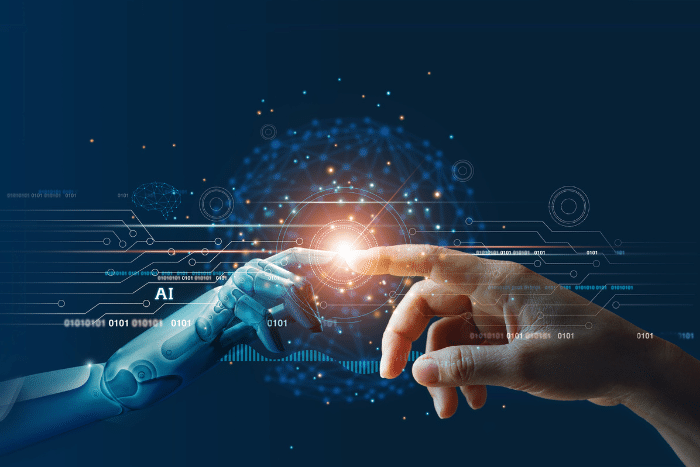
Breaking Boundaries: The AI-Powered Revenue Revolution
In 1997, Garry Kasparov was defeated in a chess match by Deep Blue, a computer program – a major milestone for artificial intelligence. Twenty years later, another chess duel took place that received less attention but was just as important: “Alpha Zero” defeated “Stockfish”. What makes this event particularly noteworthy is that “Alpha Zero” was not specifically programmed to play chess. It learned the basics of the game solely through nine hours of self-play and was able to defeat “Stockfish”, a complex software with advanced algorithms for chess analysis. This was made possible by a new approach to AI programming, using neural networks instead of algorithms.

The ongoing development of Artificial Intelligence (AI) has had a revolutionary impact on revenue management, particularly in industries such as tourism, hospitality and retail. By analysing large amounts of data and making accurate predictions, AI has fundamentally changed the traditional approach to revenue management. Instead of relying on manual decisions based on historical data and experience, AI enables data-driven, dynamic pricing and availability control. And all of it in real-time.
People have been talking about artificial intelligence since the introduction of computers. Until a few years ago, AI referred to algorithms that could solve specific problems. A programmer would create rules to help the computer solve the problem. But now neural networks work differently. Instead of prescribing rules, the computer learns the solution by being presented with it millions of times. The neural network then finds its own way to the solution.
So if I want my computer to recognise cats in a picture, I no longer need to find rules that describe a cat. I show my neural network a few million pictures of a cat and it learns how to recognise one.

This technology is at the heart of the AI tools that have made such a stir in recent years. Translation programs like DeepL or Google Translate, image generators like DALL-E or Midjourney or, more recently, chatbots like ChatGPT or Bard. They are all based on neural networks that are very deeply layered and have been trained on vast amounts of data.
Computers have been used as revenue management tools in the US airline industry since their early days. By analysing demographic data, weather conditions or events, AI can make more accurate predictions about future demand. This allows companies to manage their resources more effectively and maximise revenue. By segmenting and personalising offers, it is possible to target different customer groups with tailored price offers.

The use of neural networks significantly improves the quality of revenue tools. Similar to AlphaZero, where neural networks can play chess better than algorithms like Stockfish, they also provide more accurate predictions of future demand. They can take into account a greater volume of data, such as how the weather in Germany affects demand in Swiss ski resorts.
Another benefit of AI in revenue management is the automation of processes, saving time and resources and freeing up staff to focus on strategic decisions and customer interaction.
There is great potential in the data generated by collaboration between revenue managers and revenue management systems. Neural networks will learn from this knowledge and create synergies by better supporting revenue managers in their tasks.

The introduction of AI technologies continues to revolutionise revenue management, helping companies increase revenue, improve profitability and deliver value to their customers through dynamic pricing and personalised offers.
As a result, the role of the revenue manager has evolved significantly. By automating and optimising processes, revenue managers now have more time to focus on strategic aspects of the business and optimise day-to-day operations in a more efficient and effective manner. This shift opens up new opportunities for hotels to gain a significant competitive advantage in the marketplace.








